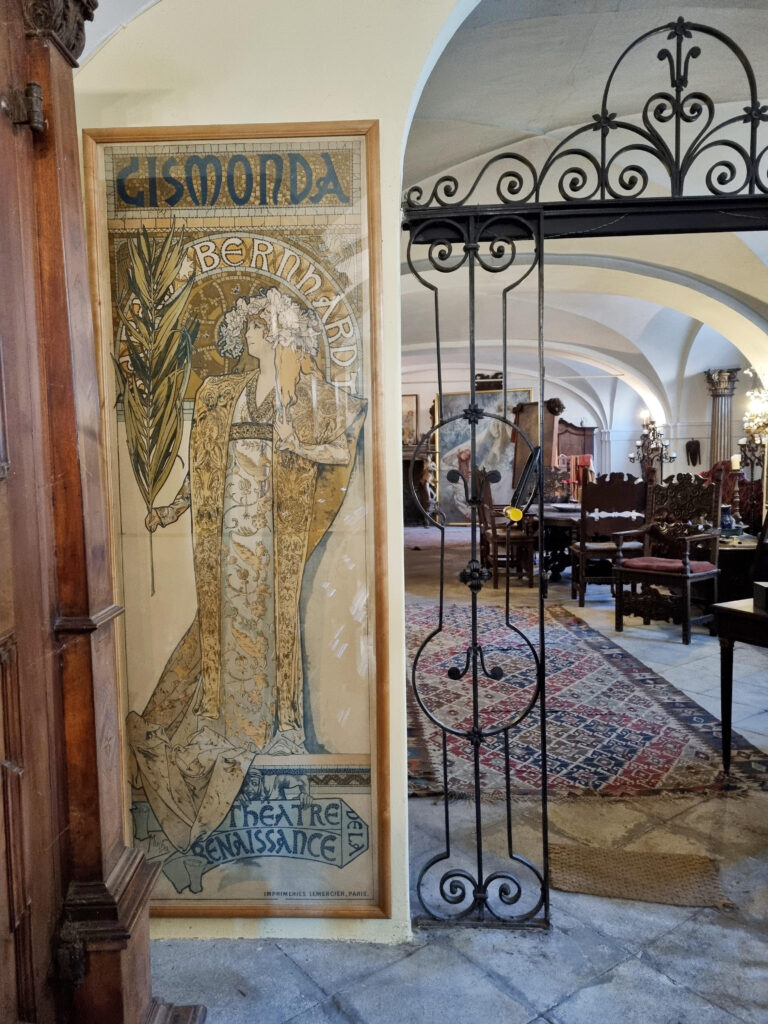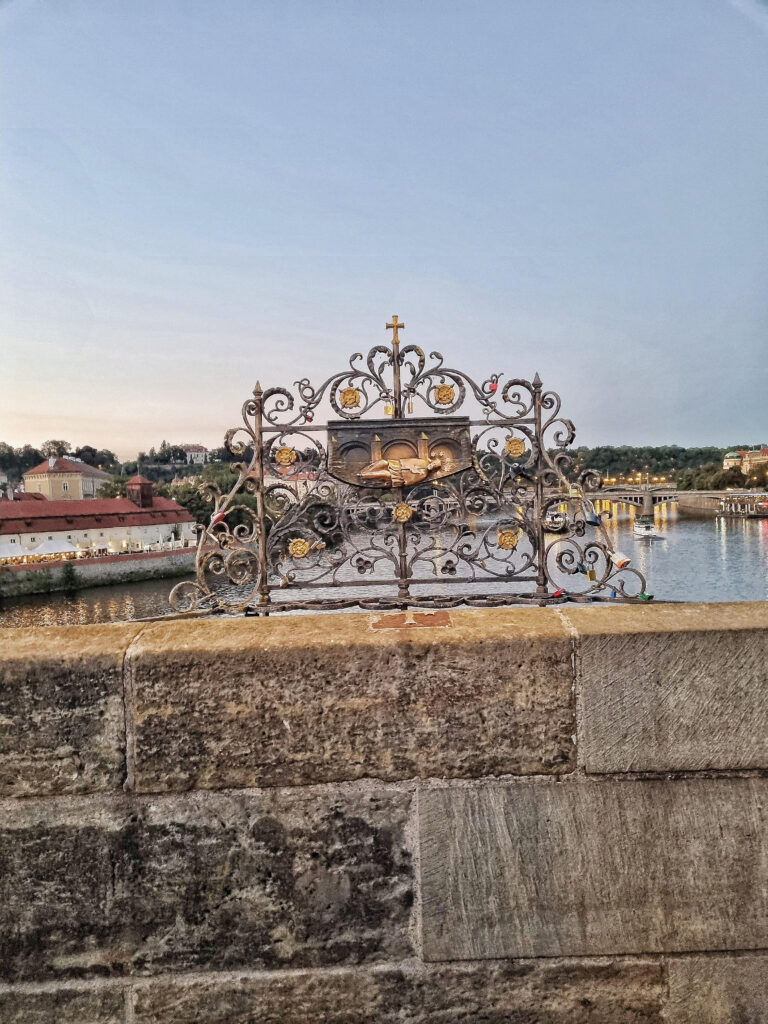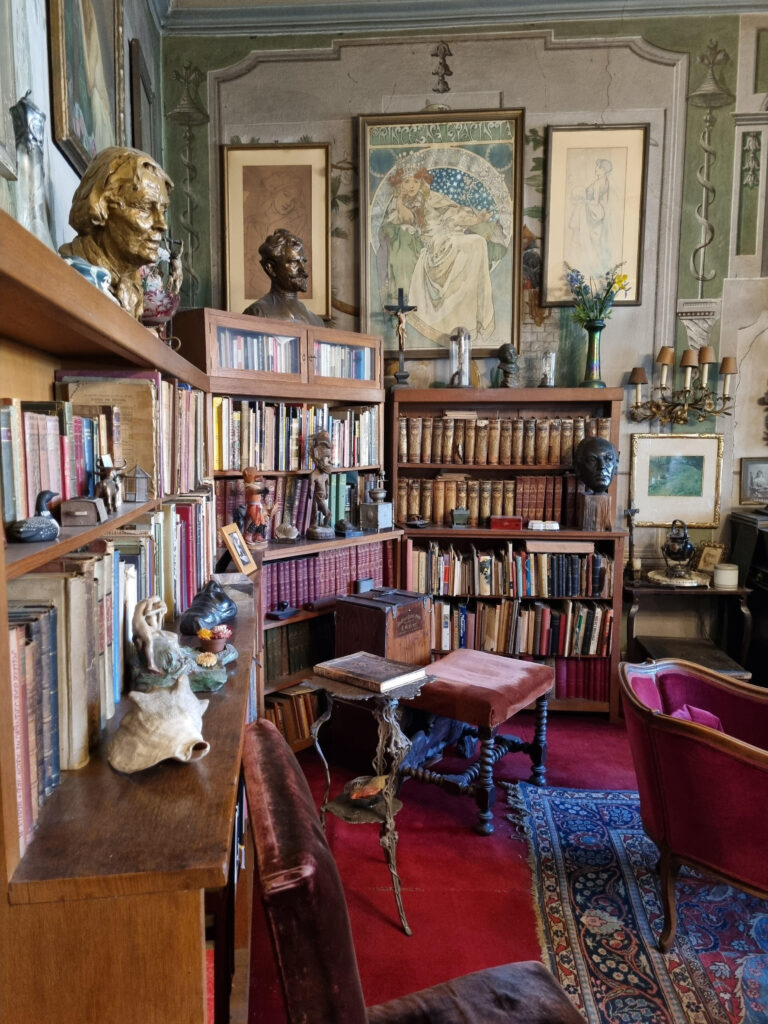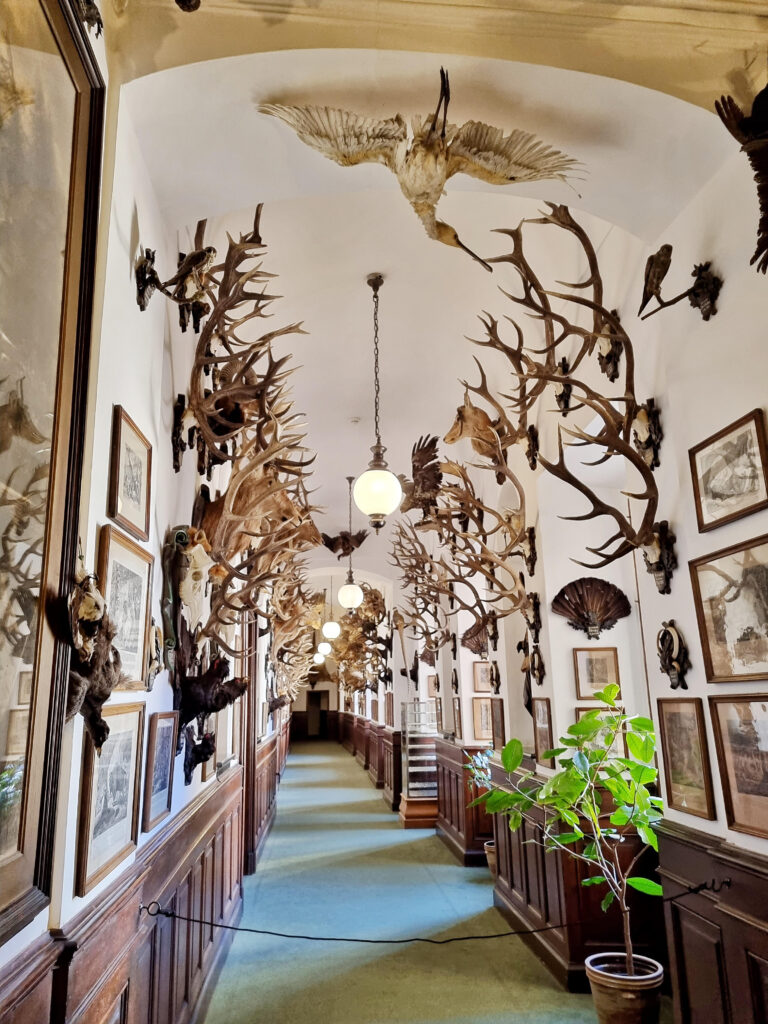The Belle Epoque, also known as the Beautiful Era, was a momentous period in Europe before the onset of World War One.
This era was characterized by significant peace and prosperity, allowing for an explosion of artistic and cultural growth. It heralded remarkable accomplishments in various art forms, including music, painting, performances and architecture.

A recent trip to the Czech Republic was a meticulously curated itinerary by the Czech Tourism Office and the Czech Embassy in the Philippines to encapsulate the essence of this magnificent era.

Ode to Alphonse Mucha
“Before Art Nouveau, there was Le Style Mucha.” We visited the Mucha Museum, which houses the work of the Czech art nouveau painter. “Le Style Mucha” predated the Art Nouveau movement and left a powerful mark on art history.
In 1894, Sarah Bernhardt, an acclaimed French actress and arguably the first modern celebrity who knew how to leverage her fame, sought out a poster for her upcoming show, Gismonda. Mucha, using Bernhardt as his muse, created a poster that not only showcased his exceptional talent but also sparked the birth of Art Nouveau.
Over the course of a single night, he rose to stardom and unknowingly became the pioneer of pop art, transforming the purpose of posters from ephemeral announcements into cherished works of art that provided inspiration and admiration.
While his work would eventually take him to the United States, his enduring love for his homeland drew him back to the Czech Republic. There, he used his art to instill hope and shape the Czech heritage.
Our visit to the Mucha Museum was a testament to this profound influence. Many names have stood out as great influences of the beautiful era, with Alphonse Mucha being one of the most prominent.
Meeting Marcus at Mucha House
Our next stop paints another chapter of the artist’s life: Mucha House. We were welcomed by Alphonse Mucha’s great-grandson, Marcus.

A tall figure with thick, flowing hair, Marcus was eager to share his family’s incredible heritage with us. Before inviting us inside, he shared an interesting tidbit about the house’s history: It was once home to St. John of Nepomuk (St. John Nepomucene, 1345–1393), who met a tragic end in the waters of the Charles Bridge for his refusal to divulge the contents of the queen’s confession to King Wenceslaus IV. The previous night, we had spotted a marker on the bridge, indicating the spot where St. John was thrown into the river.
The house wasn’t originally their home; they were compelled to move here following their expulsion during the Nazi and Communist regimes. Despite these turbulent times, the house served as a safe haven for Mucha’s artwork, masterpieces that we can still view today.

Stepping into Mucha House felt like stepping back in time. The space has been carefully arranged to replicate Alphonse Mucha’s Paris studio, complete with his personal belongings, collections and musical instruments.
The items all hold a great deal of significance, each with their own story, each one telling a piece of Mucha’s life, from prints to paintings of his family to a piano, furniture, and more. Since the artifacts weren’t cordoned off or encased in glass cabinets, Marcus could pick them up, share their significance, and give us a glimpse into his great-grandfather’s world.
Ferdinand d’Este
Our trip also brought us to Konopišt Chateau, the residence of another famous figure in history: Archduke Franz Ferdinand, also known as Ferdinand d’Este, the heir presumptive of the Habsburg throne and whose assassination caused the start of First World War and the end of Belle Epoque.
Despite his royal lineage and close association with the monarchy, Ferdinand led a rather subdued life away from political grandstanding. He was an avid hunter, having hunted down about 300,000 animals, most of which are showcased on either side of the chateau’s main entrance hall.

Photography was prohibited in most rooms, so we had to make do with capturing images of the halls filled with Ferdinand’s hunting trophies. Our guide escorted us through various rooms that were meticulously preserved, creating an atmosphere as though the Archduke and his wife, Sophia, had just left days before.
Having visited the home of Mucha, who started the Belle Epoque, and the home of Archduke Franz Ferdinand, who marked the end of it, it’s safe to say that this trip was a true bookend.
While the Belle Epoque may have concluded (much like our brief excursion through the Czech Republic), it left behind a rich legacy of architectural and artistic marvels in Bohemia, as it also catalyzed urban development and industrialization, laying the groundwork for the country’s improved state today.a
